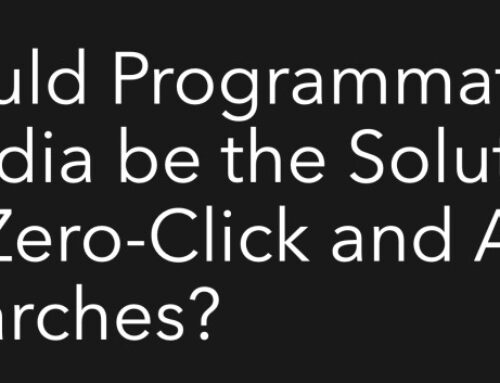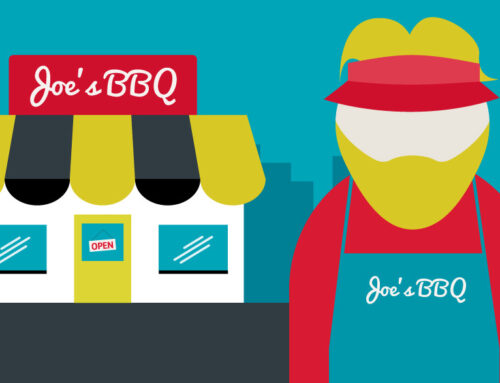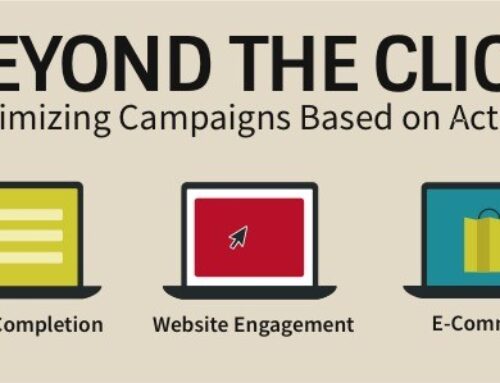Because I came from the PPC/SEO world, I am often asked, “How does targeted display (or geo-fencing or OTT/CTV or any digital “branding” campaign) impact SEO and/or Paid Search?”
It’s a great question and the technical answer is that one doesn’t really impact the other. The best display campaign in the world won’t help a website rank higher on Google because Google doesn’t reward websites for running display campaigns. That said, there is a relationship between the two strategies.
Display targets users based on their digital breadcrumbs, finding people who are likely to buy. When they are presented with display ads, they may not always click them, but they will see many of them. With enough frequency, the prospect will remember the business’s name.
That means that instead of searching for something like “college test prep in kansas city” and getting 20+ different businesses to choose from, they’ll do a search for the company that has been serving them ads. A search for “Get Smarter Prep” results in a search page that is completely dominated by them. Not only do they not have to fight for the top position by outbidding their competitors with paid search ads or by out “SEOing” them with blogs and backlinks and HTML optimization, they own or are the main focus of every result on the page. There is literally no competition on the page to contend with.
The relationship between display and SEO/PPC reminds me of how traditional media impacted yellow pages twenty years ago. When prospects needed a business’s phone number, they went to the yellow pages to find it. Advertisers who ran television and radio had a better chance of winning the business thanks to the name recognition created by their other marketing. On more than one occasion we used call tracking on similar ads and found that the advertisers who paired their yellow pages with traditional media regularly got more calls than those who didn’t run branding campaigns.
When advertiser’s run a display campaign that gets their name, brand and message in front of prospects in the purchase funnel, those prospects are more likely to look for the business by name when they are ready to buy. When that happens, SEO is easy and paid search is inexpensive.
David McBee






